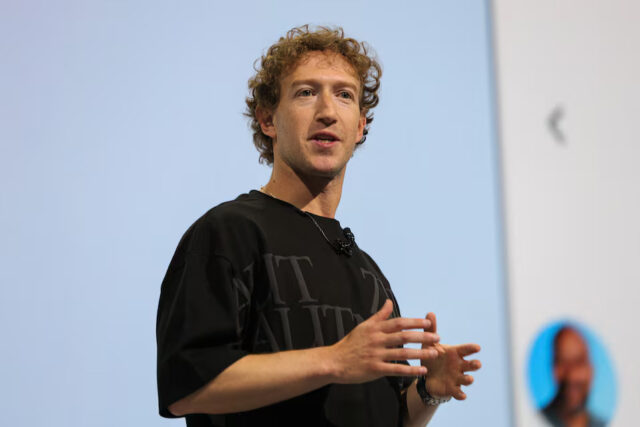
On 7 January 2025, Meta’s Zuckerberg announced major policy changes, sending shock waves across the social media landscape.
Addressing concerns about over-enforcement, bias, and restrictions on legitimate speech, Meta’s new policy on content moderation utilizes ‘Community Notes,’ which is similar to the same feature of the social media platform X (formerly Twitter).
Given the drastic and sudden nature of the change, it is being criticised as politically motivated and a step back for content moderation at a time when disinformation and harmful content are evolving faster than ever.
The community notes feature of X has also had its fair share of criticism regarding its effectiveness and is already under investigation by the European Commission. Given its vulnerabilities, Meta would have to mend the implementation of community notes, addressing criticisms of the feature.
Dissecting Community Notes Feature
The community notes feature proposed by Meta enables users to add context to potentially misleading posts. These notes, as claimed by Meta, will be written and rated by diverse users, and transparency will be maintained regarding the influence of various viewpoints on displayed notes.
Meta will first launch this in the US, replacing the third-party fact-checking labels with subtle notifications offering additional information.
Crowdsourced fact-checking, although claimed to be a democratic approach and while being new and innovative, has fallen short of its intended impact. Research has shown that misinformation on X spreads more quickly within the first 70 seconds to 24 hours of posting, with the tweet receiving most of its interactions within this time frame.
This is the most critical time to take action against the misinformation spread by tweets, but community notes usually appear two days after flagged tweets. In the times that we live, quick and robust suppression of misinformation is required to tackle its immediate negative consequences, which the current system of community notes doesn’t seem to offer.
Evidence also shows that the addition of community notes on tweets didn’t lead to any significant change in the way users interact with them. Also, the tweets with ‘helpful’ notes were no more likely to be deleted than un-annotated tweets.
The community notes sometimes even amplified the virality of the content as the added extra context piqued the user’s curiosity. Therefore, there seems to be a significant misalignment between the community notes and the platform’s recommendation algorithms, as the content seems to gain traction even after being declared false or misleading by community notes.
Enhancing Content Moderation
Meta, in the implementation of the community notes feature on its platforms, needs to keep these criticisms and limitations of the feature in mind. It should address the ‘post-diffusion dilemma’ by adopting a filtering system that categorizes potentially misleading content in its early stage of diffusion.
This can be done using AI and machine learning models, where the posts flagged as misleading can be immediately sent to the community notes contributors for evaluation.
Contributors to the community notes should also be incentivized to give quick responses using tools such as badges and rewards. In the case of high-stakes content like elections, third-party reviewers should also be considered to attain greater accuracy and speed in decision-making.
Coupled with the community notes feature, there should also be proper disincentivizing of posting misleading content. After a post has been clearly debunked, the algorithm needs to demote the post and pause the pushing of the post on people’s feeds.
The accounts that constantly post misleading content need to have their reach and impressions of their posts limited.
Additional challenges also exist, like misleading AI-generated pictures, videos, and deep fakes, which might not be possible for untrained contributors to detect on their own. So, there might be a gap in the digital literacy of the contributors and the effective handling of such content.
Therefore, experts and trained professionals will be far better positioned to detect this content than the average social media user.
Kumar Vaibhav is a fifth-year student at Gujarat National Law University. His interest is at the intersection of technology and policy




